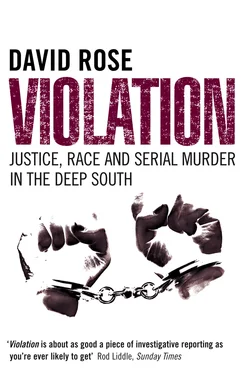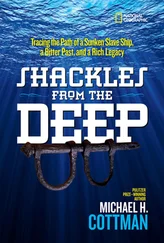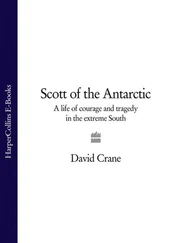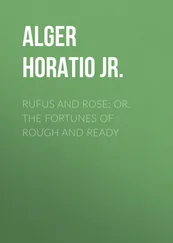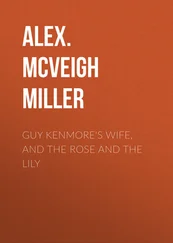Perhaps the night of the terrors scared even the strangler. For his last murder, he moved out of Wynnton, to Steam Mill Road, a mile and a half away. There, on 20 April 1978, eight months after his first attack, he killed Janet Cofer, aged sixty-one, a teacher at an elementary school. Her son, who normally lodged with her, had been away for the evening. And then, without apparent explanation, the stocking stranglings stopped.
The first time I met the blues mama,
They came walking through the woods
The first time I met the blues baby,
They came walking through the woods
They stopped by at my house first mama,
And done me all the harm they could.
The blues got at me
Lord they ran me from tree to tree
The blues got at me
Lord they ran me from tree to tree
You shoulda heard me beggin’,
’Mister blues, don’t murder me.’
‘The First Time I Met the Blues’,
’LITTLE BROTHER’ MONTGOMERY (1906–85)
Even the greatest detectives rarely solve their cases on their own. They need tip-offs, informants, steers from those in the know, especially when the trail they have to follow is cold. One chilly evening in April 2001, across a table in a chain hotel in Gwinnett County, on the northern edge of the metro Atlanta sprawl, the man who cracked the stocking stranglings leant towards me and lowered his voice. The former Columbus homicide investigator Michael Sellers had already told me that his work on the murders had begun with a mysterious phone call in March 1984, almost six years after the last killing. Now, after five hours’ intense conversation, he felt ready to reveal his own prize source, the starting point of the hunt for Carlton Gary. ‘I think,’ he said, ‘it was a phone call from God.’
A tall, slim, greying figure, his face dominated by a toothbrush moustache, Sellers was dressed in jeans and a plaid shirt. Born and raised in Columbus, the son of the city’s former Treasurer, he described himself as part of a new breed of better-educated officer who began to join the CPD in the 1970s: he even had a degree in policing from Troy State University. The pride Sellers took in the work he had done seventeen years earlier was palpable. He carried an ordered folder of photographs and documents, and I had the impression that he had made presentations of his contribution to this case many times before. But Sellers, fifty at the time we met, also seemed suffused by bitterness, much of it directed at his former boss and CPD chief, Jim Wetherington.
‘After the trial in 1986, when Carlton Gary had been convicted, Richard Smith put in an application for me to be nominated as Police Officer of the Year with the Police Chiefs’ Association,’ Sellers said. ‘But for it to go forward, Chief Wetherington had to second it. He refused. He said the case had been a team effort.’
I found it strange that this still rankled after so many years. ‘But surely,’ I asked, ‘bringing Gary to justice was reward enough?’
Sellers shook his head, colouring. ‘For two years, I’d been assigned to the District Attorney’s office in the Government Center, working up the case. I almost set up home there. I think there was a lot of jealousy from some of the lieutenants and captains. They resented the fact that because I was working on the stranglings, I wasn’t doing any of the John shot Mary cases.
‘You know what I found hardest? That no one ever said thank you. After the trial, the DA opened up the grand jury room and allowed me to talk to the media. But when I got back to the office, I got my butt chewed off. And after it was all over, all that I was ever assigned was the crap.’
In the spring of 1987, less than a year after Gary’s trial, Sellers left Columbus and detective work altogether. When we met, he was earning a higher salary. But instead of solving notorious murders, he was working nights as a Gwinnett Country Patrol Sergeant. I couldn’t help thinking it was really a job for a younger man, physically demanding and dangerous. In 2002 he suffered terrible injuries in a car crash, sustained while chasing a suspect.
After Janet Cofer’s murder in April 1978, as the strangler’s silence grew from weeks to months, the special police patrols continued, and the stranglings inquiry remained the overwhelming preoccupation of the CPD. There was more to this than the simple horror of leaving such a murderer at liberty. Always in the background was the social position of many of the victims. The venerable business elites of Columbus did not normally concern themselves with criminal justice, and if they thought about it at all, it was merely as a job that had to be done. But a serial killer who had violated and murdered women such as Kathleen Woodruff, and had done so amid the citadels of Wynnton, represented a different level of threat.
Columbus is a town for joiners, where a person’s position in society is advertised by their memberships of clubs and other organisations. In Wynnton, one of the oldest and swankiest is the Columbus Country Club; further north, on the banks of the Chattahoochee, is the Green Island Club – just as expensive, but burdened with a hint that some of its members are what might be considered a little nouveau riche. Above them all stands that riverside fine-dining establishment on its little promontory, the Big Eddy Club. Its members are generous contributors to charity, and not a month goes by without some gala dinner or reception there in aid of this or that good cause, together with Columbus’s best weddings and debutante balls. For years, such events were chronicled every Sunday in Marquette McKnight’s ‘Around Town’ column in the Ledger-Enquirer : ‘That’s where you find the bluebloods,’ she told me, ‘the families who settled Columbus, together with what they call newcomers – people who are major players, but who have been in the city for less than twenty-five years.’
For almost thirty years, beginning in 1962, the club was managed by Marcel Carles, a skilled French chef. I went to see him at his home in Wynnton, filled with memorabilia of his years of service to the city’s upper class.
‘The only other food you could get if you dined out in Columbus in those days was burgers and hot dogs,’ Carles said. ‘I had moules flown in from New York, langoustines , châteaubriand, sole bonne femme boned at the table. We were easily good enough to merit a Michelin star. We had Georgia’s first air-conditioned wine cellar, and the wines to go with it: premiers crus , a complete run of vintages of Château Mouton-Rothschild going back to 1929. There are people in Columbus who have never seen the ocean, never been outside the state. Here the people were more sophisticated. And we had a special à la carte service. If you wanted anything that wasn’t on the menu, you had only to ask, and we would cook it.’ Carles’s special talent was for ice sculptures. He showed me photographs taken at weddings and other club functions with huge models on the tables of Rodin’s The Kiss and Michelangelo’s David , which he had carved.
‘In the Big Eddy, you don’t ask regular visitors, “What’s your name?",’ Carles said, ‘even if they are not members themselves. Many of the women who were strangled had been there often enough that all the staff recognised them immediately and knew their names.’ Some of the victims had family memberships: Ferne Jackson through her nephew Harry, later Columbus’s Mayor; Mildred Borom and her son Perry; and the Woodruffs, the family of murdered Kathleen. According to Carles, Ruth Schwob, who survived the strangler’s attack, was a frequent guest, as were Jean Dimenstein and Janet Cofer. Of the seven murdered women, only two had not been seen at the Big Eddy, Martha Thurmond and Florence Scheible. ‘You can only imagine what the atmosphere was like when they began to get killed,’ Carles said. ‘Everyone was on edge, uneasy. They were frightened for their women, and they were angry.’
Читать дальше
